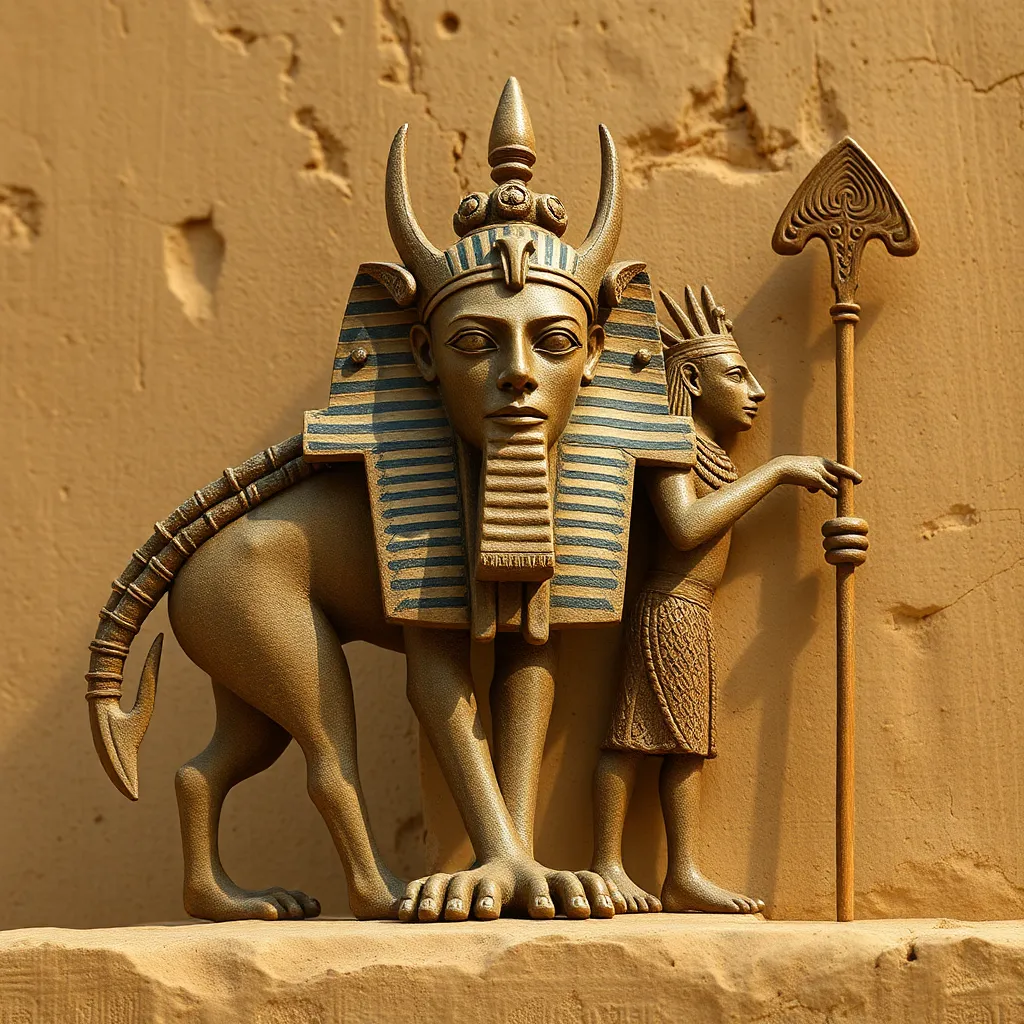Atenism and Its Cultural Legacy in Ancient Egypt
I. Introduction
Atenism, a religious movement that emerged in Ancient Egypt during the 14th century BCE, is defined by its unique monotheistic worship of the sun god Aten. This belief system marked a significant departure from the traditional polytheistic practices that characterized Egyptian religion for millennia.
The historical context of Atenism is notably tied to the reign of Pharaoh Akhenaten, who introduced radical changes in religious, artistic, and social spheres. Understanding Atenism’s cultural legacy is crucial for scholars and enthusiasts of ancient civilizations, as it provides insight into the complexities of Egyptian spirituality and governance.
II. Origins of Atenism
Atenism emerged during the reign of Amenhotep IV, who later took the name Akhenaten. His reign, lasting from approximately 1353 to 1336 BCE, represented a transformative period in Egyptian history.
- Akhenaten’s radical shift from traditional polytheism to a form of monotheism centered around Aten.
- Prior to Atenism, the Egyptian pantheon included numerous gods, with Amun being particularly prominent.
The sun god Aten was depicted as a disk emitting rays, symbolizing life and nourishment. This emphasis on the sun as the sole deity marked a pivotal transition in the religious landscape of Egypt.
III. Key Tenets of Atenism
The core doctrine of Atenism revolved around the worship of Aten as the one true god. This was a stark contrast to the prevailing beliefs that celebrated a multitude of deities.
- Monotheism: Atenism espoused the idea that Aten was the sole creator and sustainer of life.
- Ritual Practices: Worship was characterized by hymns and prayers directed to Aten, often accompanied by offerings.
Unlike traditional practices, which involved elaborate temple rituals and a complex priesthood, Atenism simplified religious observance, focusing instead on direct communion with the divine.
IV. The Artistic Expression of Atenism
During Akhenaten’s reign, there was a notable shift in artistic expression, reflecting the ideological changes brought about by Atenism.
- Artistic Styles: Art became more naturalistic, with an emphasis on realism and the portrayal of the royal family in intimate settings.
- Iconography: The imagery of Aten was prevalent, often depicted as a sun disk with rays extending to the royal family.
This artistic transformation contrasted sharply with the idealized forms of previous and subsequent Egyptian art, which often emphasized grandeur and divinity over realism.
V. Political and Social Implications of Atenism
Atenism had profound political and social implications, particularly in how it centralized power around Akhenaten.
- Centralization of Power: Akhenaten positioned himself as the sole intermediary between Aten and the people, diminishing the power of the traditional priesthood.
- Impact on the Priesthood: The existing religious institutions were marginalized, leading to significant tension within the society.
- Social Changes: The royal family played a central role in religious life, with Akhenaten’s queen, Nefertiti, often depicted alongside him in worship.
VI. The Decline of Atenism
Following Akhenaten’s death, the decline of Atenism was swift and decisive.
- Aftermath of Akhenaten’s Death: His successors, notably Tutankhamun, moved to restore the traditional gods and religious practices.
- Restoration Efforts: Tutankhamun and subsequent pharaohs actively dismantled the temples dedicated to Aten.
- Factors Leading to Decline: Political unrest and societal pushback contributed to the erasure of Atenism from the historical record.
VII. Atenism’s Cultural Legacy
Despite its brief existence, Atenism left a lasting cultural legacy that influenced subsequent generations.
- Influence on Religious Practices: Elements of Atenism can be seen in later Egyptian religious beliefs, particularly the emphasis on a singular creator god.
- Reflection in Art and Literature: The artistic innovations during Akhenaten’s reign laid the groundwork for subsequent styles, influencing how divinity was depicted in Egyptian art.
- Modern Interpretations: Atenism continues to be a significant topic in modern Egyptology, inspiring discussions about the nature of divinity and the evolution of religious thought.
VIII. Conclusion
Atenism stands as a remarkable chapter in the history of Ancient Egypt, highlighting the complexities of religious evolution and cultural expression. Its significance lies not only in its immediate impact on Egyptian society but also in its enduring influence on religious thought and artistic traditions.
The cultural legacy of Atenism invites contemporary scholars and enthusiasts to engage with ancient civilizations, reflecting on how faith and power shape societies throughout history.
Through the lens of Atenism, we gain a deeper understanding of the intricate tapestry of beliefs that characterized Ancient Egypt, emphasizing the relevance of these historical narratives in today’s discussions about culture and spirituality.




